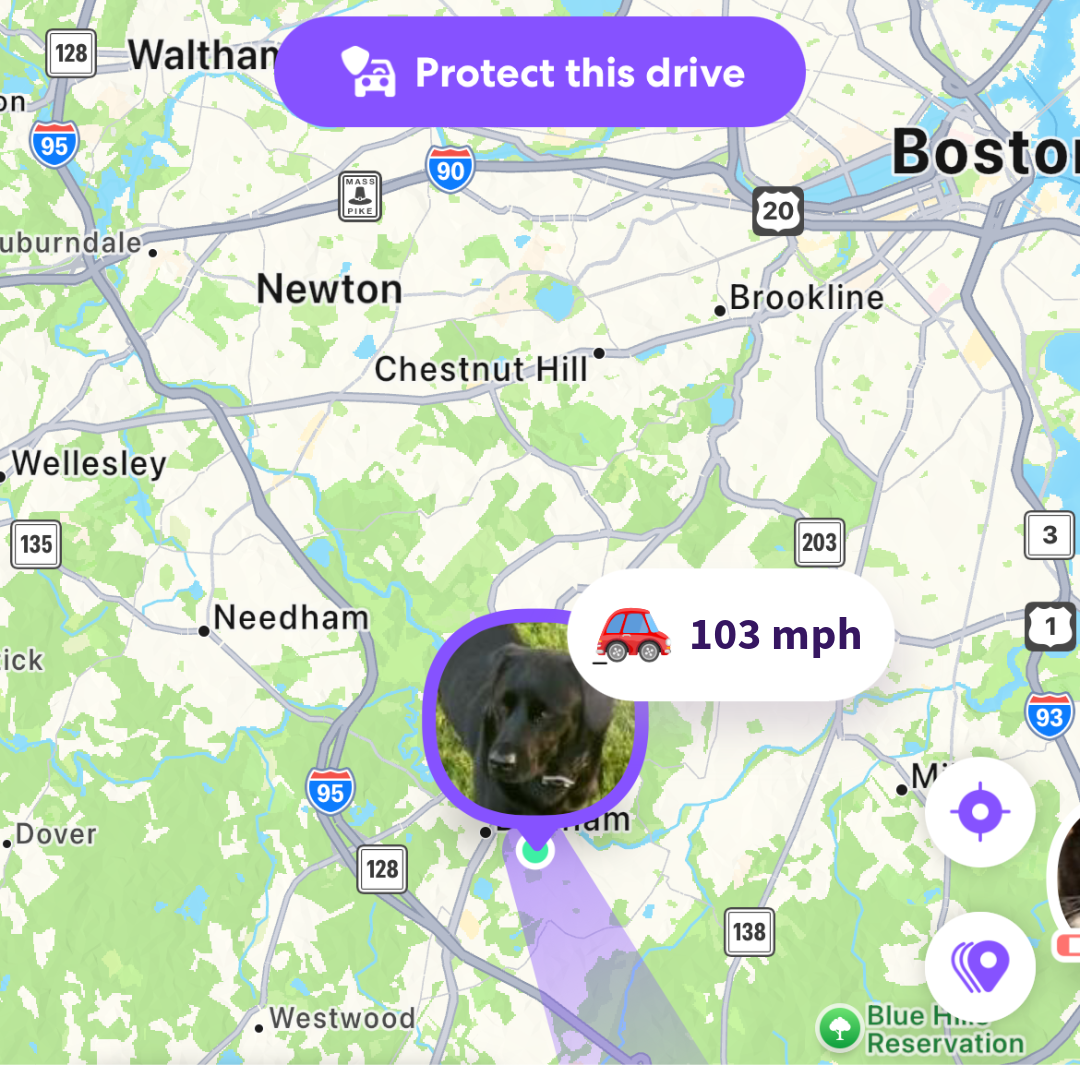
In the age of social media, it feels as if every move young people make is observed, analyzed, and dissected. Life360 is an app that allows families to track each other virtually. While it is easy to point to apps like Life360 and blame them for amplifying these fears and anxieties in teenagers, I believe that Life360 has unfairly become the scapegoat for teenagers’ frustrations with online tracking.
One of the most common complaints about Life360 is that it hinders teenagers’ sense of independence. This claim is not without merit, as teenagers today are tracked much more closely than teenagers even 15 years ago. At the same time, though, today’s world is a more dangerous one.
While driving, there is a much higher risk of car crashes due to distractions from smartphones. Life360 holds its users responsible for staying off their phones while driving by alerting parents when a phone is used. The car ride tracking also extends to hard brakes and rapid accelerations. While these features can be annoying, they help reduce the number of avoidable car crashes. This preventative measure might temporarily get teenagers in trouble with their parents, but this accountability will prevent possibly life-threatening situations.
Beyond tracking phone usage while driving, Life360 also alerts parents of the top speeds of car rides. With young drivers, it is understandable that parents want to see if their child is driving safely, especially when teenagers get off their permits and start driving with friends.
In addition to driving data, Life360 has a 24/7 tracking feature that provides a live location update. The tracking capabilities of Life360 are the most controversial feature of the app. However, this feature, which could be construed as overly invasive, only becomes an issue when there is a lack of trust between children and parents. Unless parents are obsessively tracking their children, or if teens are somewhere their parents would not want them to be, the app should create no issues.
Life360 is especially beneficial for communicating pick-ups between family members. Instead of having to guess what time a parent or sibling will arrive, Life360 provides information that makes the process between children and parents or siblings easier and more transparent. On the driver’s end, there is no need to ask for an address and hope for a response; Life360 streamlines the pick-up process for both parties.
Ultimately, the biggest issue people have with Life360 is that it is seen as an invasion of privacy. While Life360 is a definitive step toward over-tracking and can be conducive to helicopter parenting, the app is just a byproduct of the privacy invasions caused by phones every day. Life360 is no more invasive than other tracking features like Snapchat’s “Snap Map,” which allows users to share their location with people they have added on Snapchat. Snapchat users are less likely to critique Snap Map because it is on a social media platform rather than under their parents’ supervision. Despite this, I would argue that Snap Map is more invasive and harmful to teenagers’ overall well-being than Life360. Snap Map has the capability to endanger users and be abused by people who have access to other people’s locations, while Life360 is used to protect children.
Life360 is not a perfect app, and there are serious conversations that need to accompany how it should be used. However, Life360 has wrongly been painted as the primary issue concerning digital invasions of privacy when, in reality, we have become desensitized to location tracking, and it only becomes an issue when parental oversight is brought into the conversation. It is time to examine if the blame is being cast in the wrong direction.
